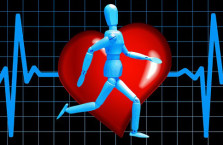The Power of Protein
Eating properly for strength training means choosing high-quality protein sources and eating them at the optimal times. Unlike carbohydrates and fat, protein is not a primary energy source, but it plays an important role in metabolism and muscle health. Carbohydrates, fat, and protein work together to keep the body performing at its best. The goal of proper protein intake is to consume adequate amounts throughout the day, with extra doses after workouts. Eating protein after a strength workout―lifting weights or resistance training―helps restore the muscle tissues you’ve stressed during that workout. Over time, that combination builds strength and lean body mass. Instead of turning to supplements, get the majority of your protein from foods―your body will benefit from a well-rounded nutrient package of vitamins and minerals that come with those foods.
Lean Beef
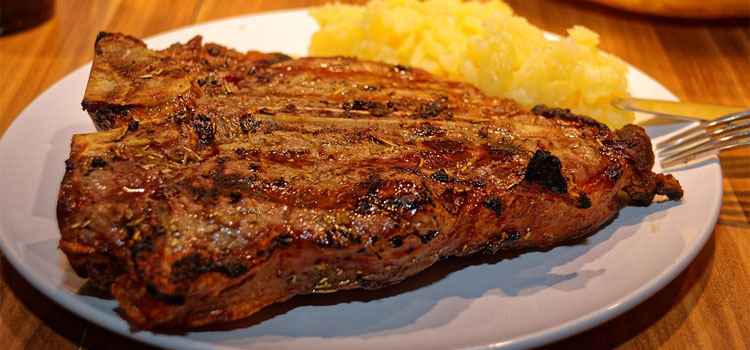
Lean beef is an ideal source of protein, and stir-frying is a quick and easy cooking method. Healthy carbohydrates from rice, and fiber from fresh veggies make this meal perfect after a strength workout. Consuming 20 to 30 grams post-exercise is plenty, and this recipe puts you right in that zone with 24.4 grams.
Eggs and Egg Whites

Eggs have it all. They’re one of the highest-quality protein sources around, because they contain all the necessary amino acid building blocks for healthy muscles. Have this omelet for breakfast, lunch, or dinner with 100 percent whole-grain toast for a satisfying meal that provides about 25 grams of protein and about 15 percent of your daily fiber needs. If you’re watching your dietary cholesterol intakes, you can make this recipe with just egg whites or egg substitute and soy cheese in place of the smoked Gouda.
Protein-Rich Soy

Tofu makes a filling and tasty burger! This vegetarian protein source is full of heart-healthy fats and, like all veggies, is cholesterol-free, yet it still provides your muscles with high-quality protein. (This recipe contains 10.5 grams.) Fresh tomatoes and peppery watercress top off this sandwich, adding flavor plus small amounts of vitamins A and C.
Whole Grains with Protein

Quinoa (pronounced “KEEN-wah”) is a mild grain with a pleasant chewy texture―and it’s higher in protein than most whole grains. Cooked in broth, it has even more flavor. Lima beans, black beans, and tofu add extra protein and fiber to this satisfying vegetarian salad, which contains about 10 grams of protein per serving.
Legumes
Legumes such as lentils, beans, and peas come packed with both healthy protein and carbohydrates. Lentils contain metabolism- boosting B vitamins as well as magnesium for bone health and iron for healthy red blood cells. These salsa-topped crispy cakes make a delicious vegetarian entrée with about 16 grams of protein.
Skinless Chicken Breasts
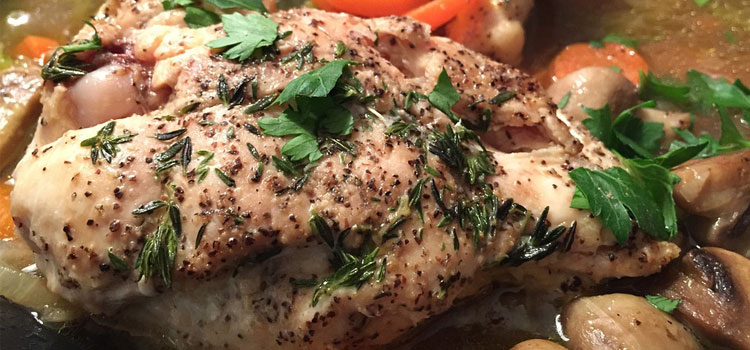
Skinless chicken breast is one of the leanest sources of protein. One 3-ounce serving has 94 calories, 20 grams of protein, and about 1 gram of fat. Quesadillas are easy to make with many fresh vegetables and some low-fat cheese. Use whole wheat flour tortillas to incorporate some additional whole grains.
Fish Rich in Omega-3s
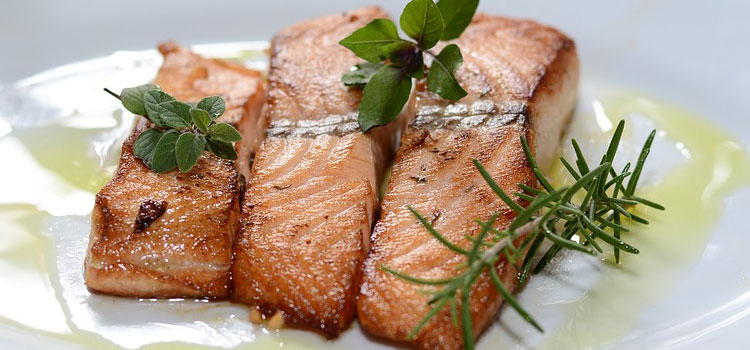
Seafood is an ideal protein because it’s low in artery-clogging saturated fat. Plus, fatty fish rich in omega-3 fats can help lower triglyceride levels. There are so many kinds to choose from that there’s something to please everyone’s palate. Cod is a tender and mild fish and contains about 135 mg of omega-3s per 3-ounce serving. Cod also contains selenium, a mineral with antioxidant powers involved in enzyme function.
Article originated from Cooking Light. Visit their site for more muscle building tips!

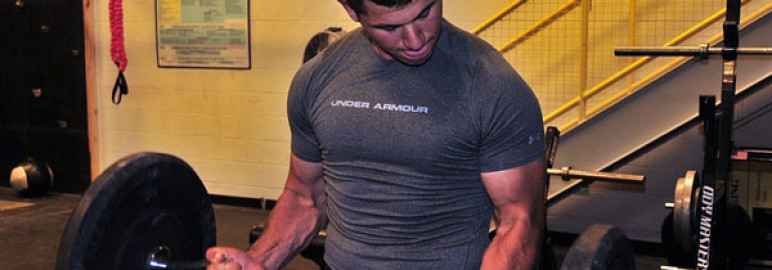
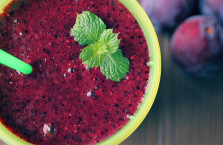


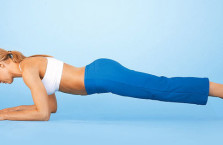

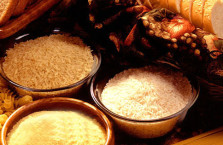

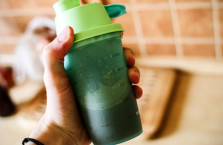
![Tasty, Healthy Food Substitutes [VIDEO]](http://FitPhreak.com/wp-content/uploads/2016/06/2016-06-13_1042-223x145.jpg)


